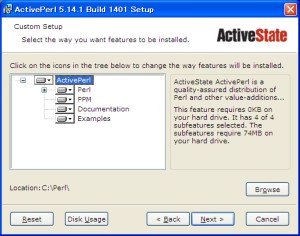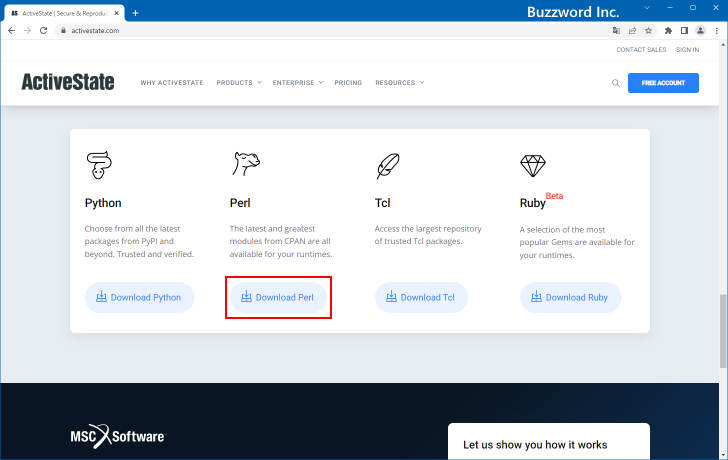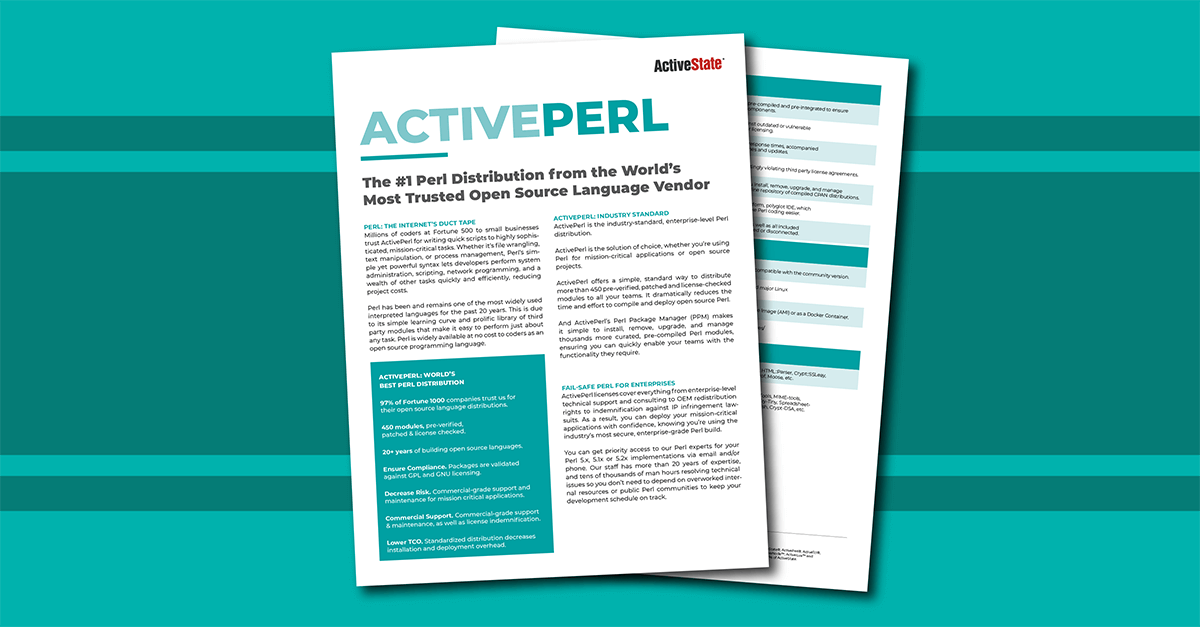
- #Activestate perl install
- #Activestate perl archive
- #Activestate perl portable
- #Activestate perl download
WARNING: if you do not understand what the Path variable does then please do not try to edit it!!! This is especially important on Windows as it's harder to undo any changes. To edit the path, for example if you change the location of the links_folder to new_folder: At the Command Prompt type 'echo %PATH'.'enter' to test whether links_folder specifically is in your path and then abort another installation. Double click mand and the PATH variable will displayed at the top.Once you have logged out and in, if prompted to do so, then: Except for the very first time you open mand you do not need to load the Perl program manually.

Then if you double-click a '.command' script or type its name at the command line then Perl will open automatically. It will then associate the '.command' file extension with your chosen 'perl.exe'. If required, mand will do some configuration to make sure that command line switches, such as '-f settings_file', are recognised by Perl (see this post). See the documentation for more information on locating the perl.exe you need to use the first time you open mand:
#Activestate perl portable
WARNING: if you have ActivePerl or the not 'portable' version of Strawberry Perl installed then you should use this perl.exe to open the alphaMELTS installation script (and not the perl.exe inside MATLAB or the one in the portable version of Strawberry Perl). alphaMELTS should work fine with any version of Perl from 5.6 onwards. 5.14, over an older one, such as 5.12 (e.g.
#Activestate perl install
As a user with admin privileges double-click the installer and follow any instructions.ĭo not try to install a newer version of Perl, e.g.
#Activestate perl download
Download the MSI installer for ActivePerl or for Strawberry Perl.

#Activestate perl archive
Double-click the archive to extract the files and, optionally, move the folder to a more convenient location on your hard disk.


I was thinking it would make sense for svt_copy and > svt_dup both to be standard functions that call a user supplied clone > callback and storing that callback in svt_local, while using mg_obj > for the initsig pointer. > svt_copy > and svt_dup are useful for real functions though, so that leaves > svt_local left. I think the right way to do that is to add a new entry at the end of the virtual table and then define a flag to selectively activate it. > svt_copy, svt_dup, and svt_local are only ever used if the appropriate > flag is set, so I'd think those could be (ab)used that way. It would be more consistent with the rest of the > code. From: Peter Martini > To: Salvador Fandino > Cc: Nicholas Clark Perl 5 Porters > Sent: Thursday, Febru11:02 AM > Subject: Re: Signatures API > On Thu, at 4:50 AM, Salvador Fandino > wrote: > On 05:58 AM, Peter Martini wrote: > Of course, at that point, we may as well just use a brand new kind of > magic (using the mg_obj and mg_data pointers), but as I'd said > I'm > already going to do that :-) > Maybe a better place for the initsig pointer, instead of mg_data, would > be the virtual table.


 0 kommentar(er)
0 kommentar(er)
